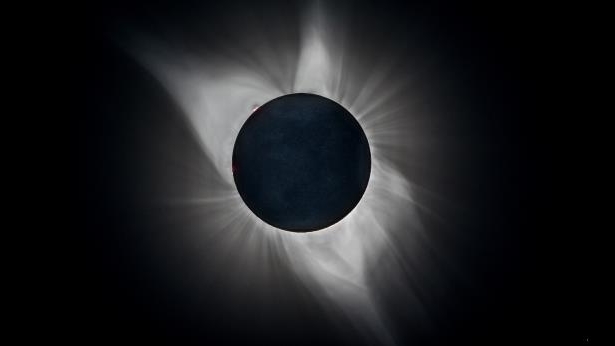
Rain helps wash away California’s drought.
The historic drought that plagued California for five years is finally over in nearly every part of the state, federal scientists reported Thursday.
Because of the latest round of soaking storms that crumpled Oroville Dam’s spillway, flooded downtown San Jose and caused mudslides across Southern California, 83 percent of California is now out of drought completely — the lowest level since December 2011, when the drought first began.
That’s the conclusion of the U.S. Drought Monitor, a weekly study by the National Oceanic and Atmospheric Administration, the U.S. Department of Agriculture and the University of Nebraska, Lincoln. The study analyzes rainfall, reservoir levels, soil moisture, groundwater levels and other factors.
A year ago, only 5 percent of the state was classified as not being in a drought.
Rather than the depleted reservoirs, barren streams and dearth of snow that marked the last five years, the problem now, as any Californian who has read or watched the news in recent weeks knows, is too much water.
“Days of heavy precipitation continued to improve mountain snowpack, but created areas of flooding,” wrote Richard Heim, a meteorologist with NOAA and author of this week’s Drought Monitor report.
The turnaround has been remarkable. Thursday’s report shows no part of the state in “extreme drought” for the first time in four years. Every Bay Area county, every coastal county north of San Luis Obispo and all of the Central Valley and Sierra Nevada are drought-free. Only nine of the state’s 58 counties now have drought remaining in any significant way. All are in Southern California, particularly Ventura, Santa Barbara and Imperial counties.
But even those places have seen an amazing turnaround. Over the week, more than 8 inches of rain was reported at two stations near Santa Barbara, a city which had been mired in the drought the longest. So far this winter has seen rainfall at 190 percent of the historic annual average with two months left in the rainy season. The largest reservoir in Santa Barbara County, Lake Cachuma, which had been 10 percent full, rose 24 feet this week and is now 42 percent full and rising.
On Thursday, the Sierra snowpack was 188 percent of its historic average for this date, and 154 percent of the April 1 average, with more storms forecast for this weekend.
Every major city in California has dropped the mandatory water restrictions and penalties that marked much of the past five years, and dam operators around the state have raced to release water to try to leave some room in reservoirs for spring runoff and new storms.
The filling of Anderson Reservoir, Santa Clara County’s largest, for the first time since 2006 on Saturday led to the evacuation of 14,000 people in San Jose Tuesday and Wednesday when water coming down the reservoir’s spillway in Morgan Hill overtopped the banks of Coyote Creek, flooding neighborhoods.
Although some parts of California, particularly the San Joaquin Valley, continue to have significantly depleted groundwater, the water tables in those areas were low before the drought began in the winter of 2011 as the result of decades of overpumping by farmers. Groundwater in other parts of the state has recovered with this winter’s rains.
Legally, California still remains in a drought emergency that was declared by Gov. Jerry Brown in January 2014. State officials say Brown is expected to wait until April, traditionally the end of the winter rainy season, to alter or rescind that declaration.













